Stroke and distance are pivotal terms in the world of golf, but they sometimes create confusion for both novice and seasoned golfers alike. What exactly does it mean, and how does it play a role in your game? In this article, we’ll dive into the concept of stroke and distance, explore its rules, and provide tips on how to handle situations where it applies.
What is Stroke and Distance?
In golf, stroke and distance refers to a specific rule that allows a player to take a stroke from the original spot when their ball is lost or goes out of bounds. This rule manifests primarily when dealing with penalties or recovery attempts. Here’s how it works:
- Stroke: This refers to the act of hitting the ball with your club. Each time you swing and make contact counts as a stroke.
- Distance: This denotes the measurement from your original position to the new spot where you’ll replay the shot, usually determined by the location of the last shot.
The Rules Behind Stroke and Distance
According to the Rules of Golf, if a player hits their ball out of bounds or loses it, they must follow specific procedures including:
- Take a stroke from the original spot.
- Return to the starting point and drop a new ball.
- Count the stroke you just took plus the additional stroke you take to hit the new ball.
For instance, if you tee off and your ball goes out of bounds on the first hole, you must play your next shot from the tee after taking a penalty of one stroke.
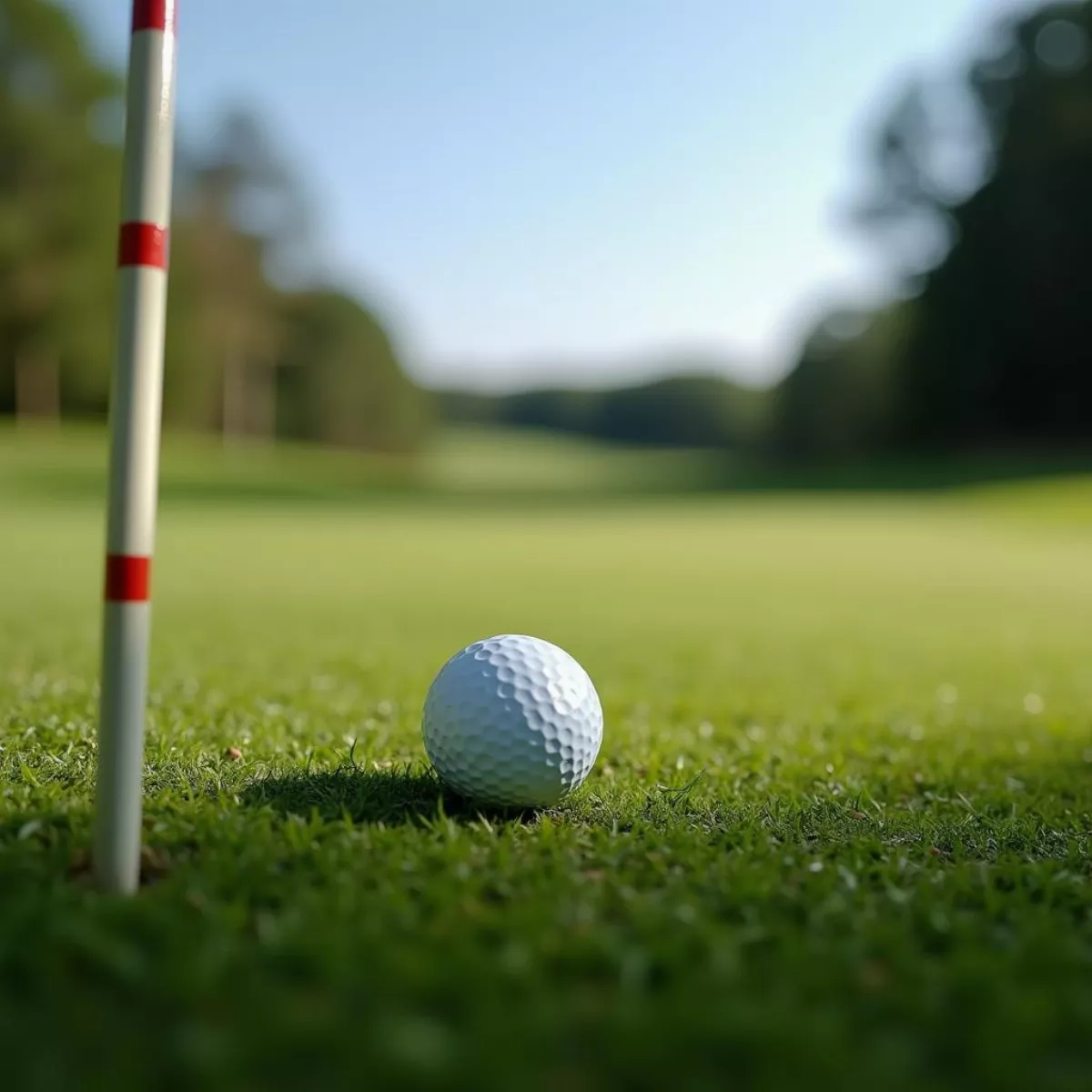 Golf Ball Out of Bounds
Golf Ball Out of Bounds
Why is Stroke and Distance Important?
Understanding stroke and distance is essential for several reasons:
- It helps players strategically think through their shots, particularly when hitting towards tight fairways or high-risk areas.
- It fosters better sportsmanship by encouraging adherence to the rules, ensuring that every golfer plays by the same set of guidelines.
- Knowing how to manage this rule can enhance a player’s overall score and experience on the course.
Situations Where Stroke and Distance Apply
Several scenarios can result in a stroke and distance penalty:
- Out of Bounds: When a ball lands outside the designated course boundaries, typically marked by white stakes or lines.
- Lost Ball: If you cannot find your ball after a reasonable search—defined by the rules as three minutes—you must proceed accordingly.
- Unplayable Lies: If your ball is in a position deemed unplayable, stroke and distance might come into play as you return to the original spot to play your next shot.
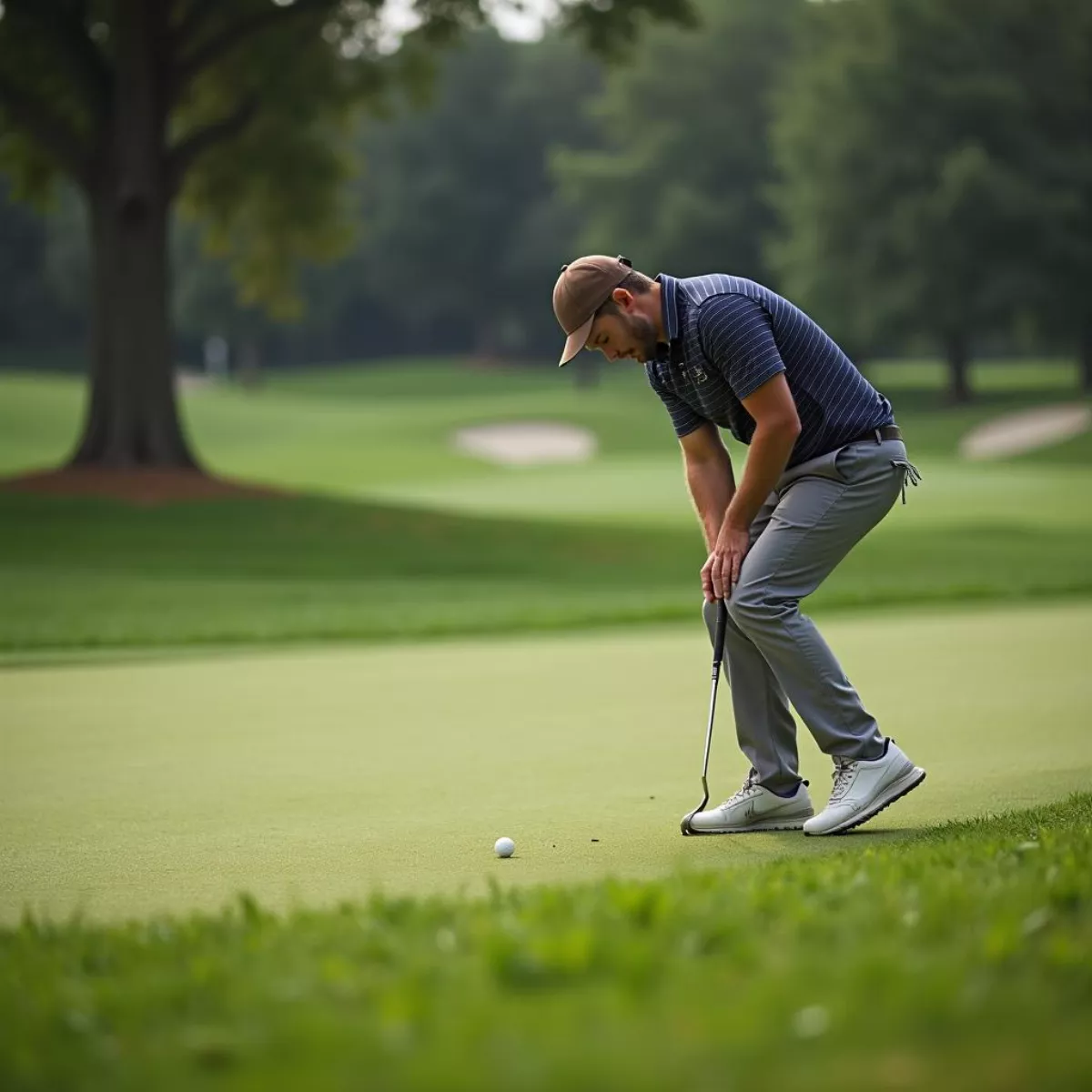 Golfer Searching for Lost Ball
Golfer Searching for Lost Ball
How to Handle Stroke and Distance Situations
Handling stroke and distance situations effectively can help you minimize penalties:
- Stay Calm: Golf can be frustrating, but take a deep breath.
- Know the Rules: Familiarize yourself with the Rules of Golf so that you are prepared to handle different scenarios.
- Plan Your Next Shot: Determine the best course of action after you take your penalty stroke. Visualizing your next shot can help mitigate the lost stroke.
Common Myths About Stroke and Distance
Although stroke and distance is a well-known rule, several myths surround it:
- Myth 1: You can drop the ball wherever you want.
- Fact: You must drop the ball within two club lengths of the original spot, not nearer to the hole.
- Myth 2: You must always replay from the tee.
- Fact: You can take the stroke from the fairway if that’s where the last playable shot was taken.
- Myth 3: Stroke and distance apply only if you lose your ball.
- Fact: It also applies when the ball goes out of bounds.
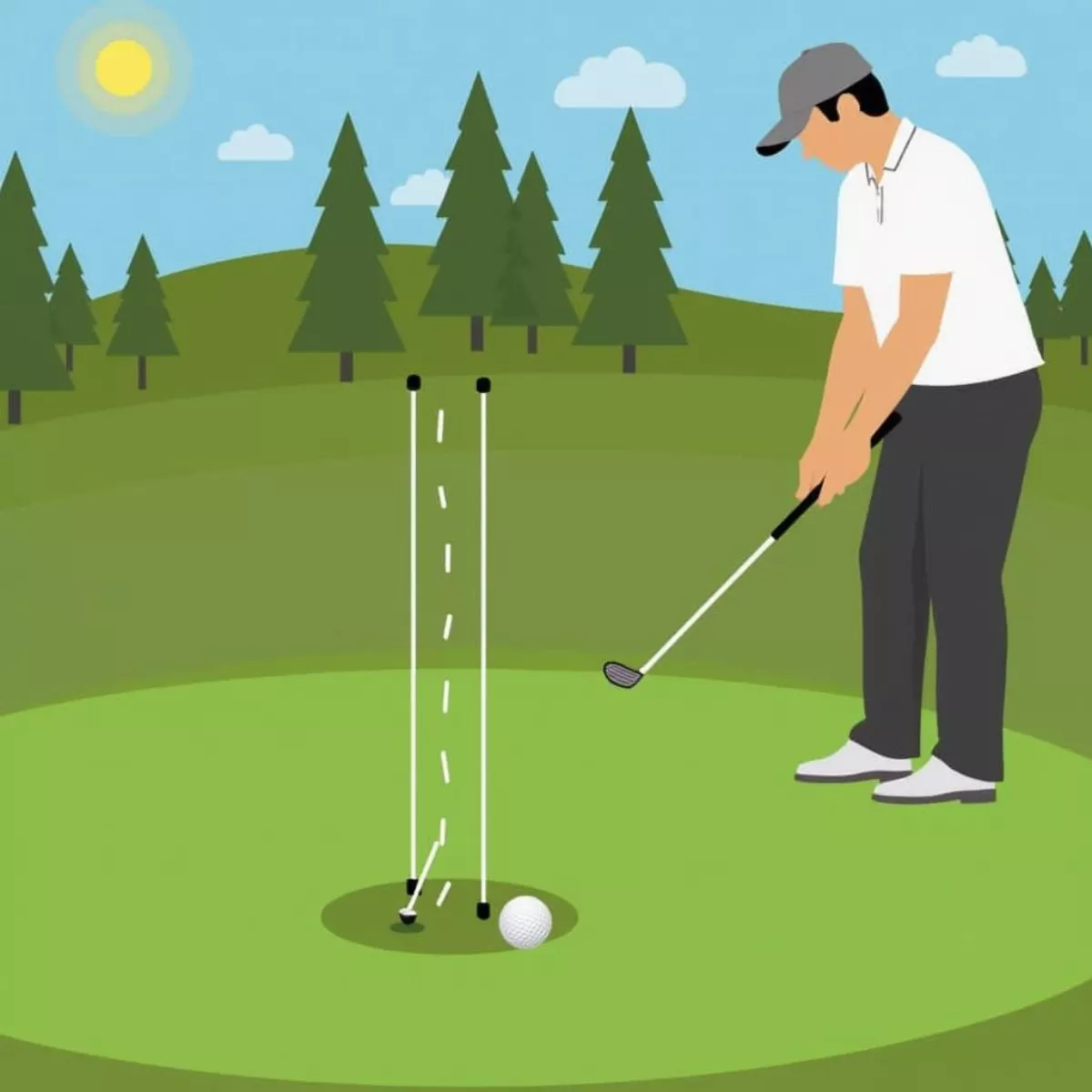 Golfer Dropping Ball After Penalty
Golfer Dropping Ball After Penalty
Key Terms in Stroke and Distance
| Term | Definition |
|---|---|
| Out of Bounds | Area outside marked boundaries where play is not allowed. |
| Lost Ball | A ball that cannot be found after a reasonable search. |
| Penalty Stroke | An additional stroke added due to a rules infraction. |
Tips for Managing Stroke and Distance Situations
Here are some practical tips to improve your – stroke and distance management skills:
- Practice Smart: When you’re on the range, pay attention to your target zones, especially if there are hazards involved.
- Visualize the Course: Getting familiar with your course layout can help avoid risky decisions during your game.
- Stay Fiscally Responsible: Don’t let your emotions dictate your next shot. Think economically—how does this affect my score?
Key Takeaways
In summary, mastering stroke and distance is crucial for any golfer looking to understand the intricacies of the game. To recap:
- Stroke and Distance applies when you hit your ball out of bounds or lose it.
- Always return to the original spot to play your next shot.
- Familiarity with the Rules of Golf enhances your game and decision-making.
- Practice smart shot placement to avoid unnecessary penalties.
FAQ: Stroke and Distance
1. What happens if I lose my ball?
If you lose your ball, you’ll need to return to your last known spot and play a new ball with a penalty of one stroke.
2. How do I know if my ball is out of bounds?
Your ball is considered out of bounds if it lands beyond white stakes or lines designed to mark the playing area.
3. Can I take a drop if my ball is unplayable?
Yes, you have the option to declare your ball unplayable and take stroke and distance.
4. What is considered a reasonable search time for a lost ball?
A reasonable search is defined as three minutes, after which you must take a penalty for a lost ball.
5. Can I consider my ball unplayable in a hazard?
Yes, but if you do, you must still incur a penalty stroke and drop in line with the rules regarding unplayable lies.
6. How do I avoid hitting my ball out of bounds?
Practice controlled shots, know the distances for each club, and visualize your shot before executing.
7. Is stroke and distance the same in every golf format?
Yes, stroke and distance rules apply across all formats including amateur play and professional tournaments.
8. Can I use a provisional ball?
Yes, before searching for your ball, you can declare a provisional ball if you suspect your original ball may be lost or out of bounds.
By understanding stroke and distance, you can sail through even the trickiest situations on the course, allowing for a more enjoyable and effective round of golf! Keep practicing, and may your swings always land true!

 Highlands Golf Course Clubhouse exterior
Highlands Golf Course Clubhouse exterior Highlands Golf Course Hole 8 aerial view
Highlands Golf Course Hole 8 aerial view Golfers on the fairway
Golfers on the fairway
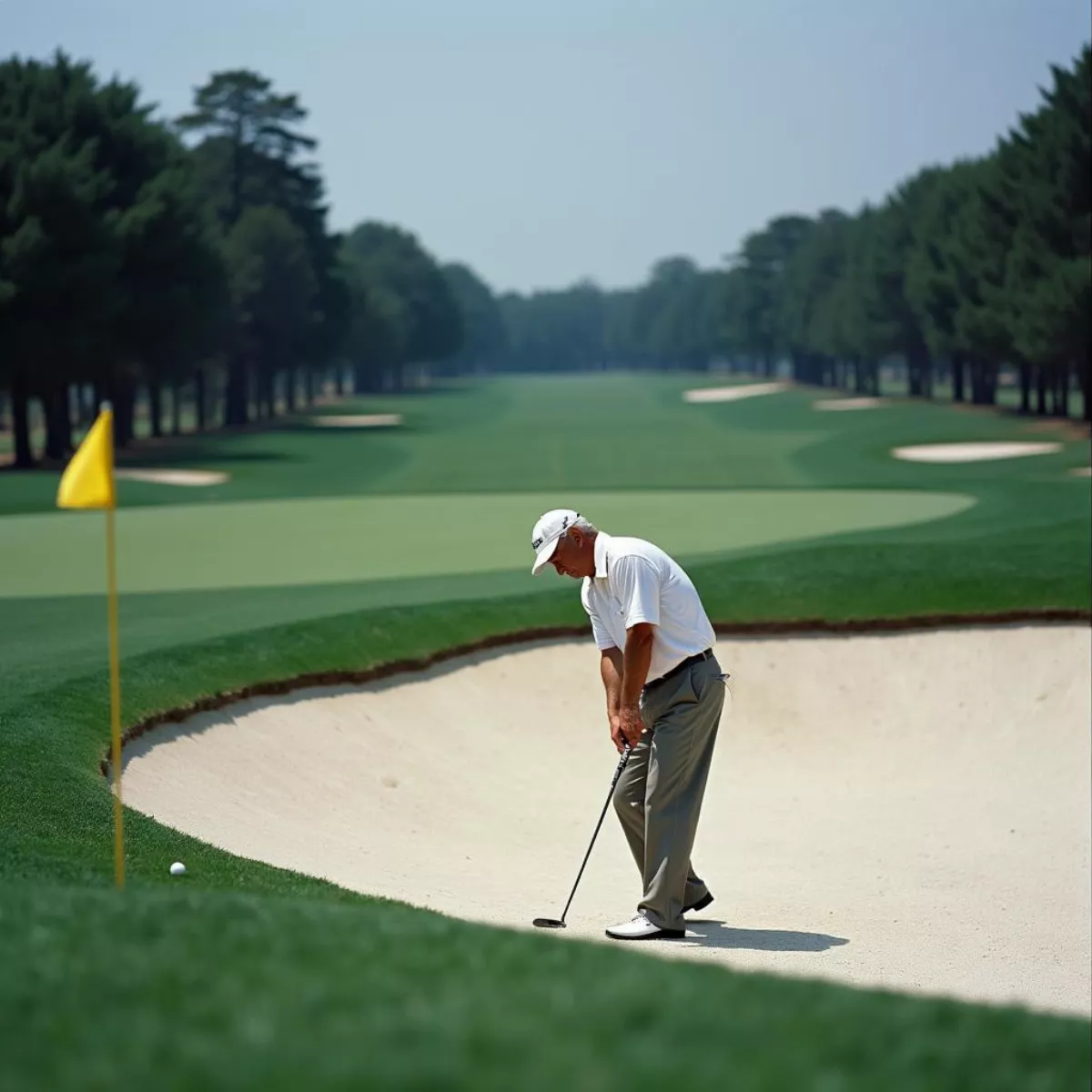 Jack Nicklaus Hitting Wedge Shot
Jack Nicklaus Hitting Wedge Shot Jack Nicklaus Club Fitting Session
Jack Nicklaus Club Fitting Session
 Professional Golfer Reviewing Schedule on Phone
Professional Golfer Reviewing Schedule on Phone  Golfer Receiving Physiotherapy Treatment
Golfer Receiving Physiotherapy Treatment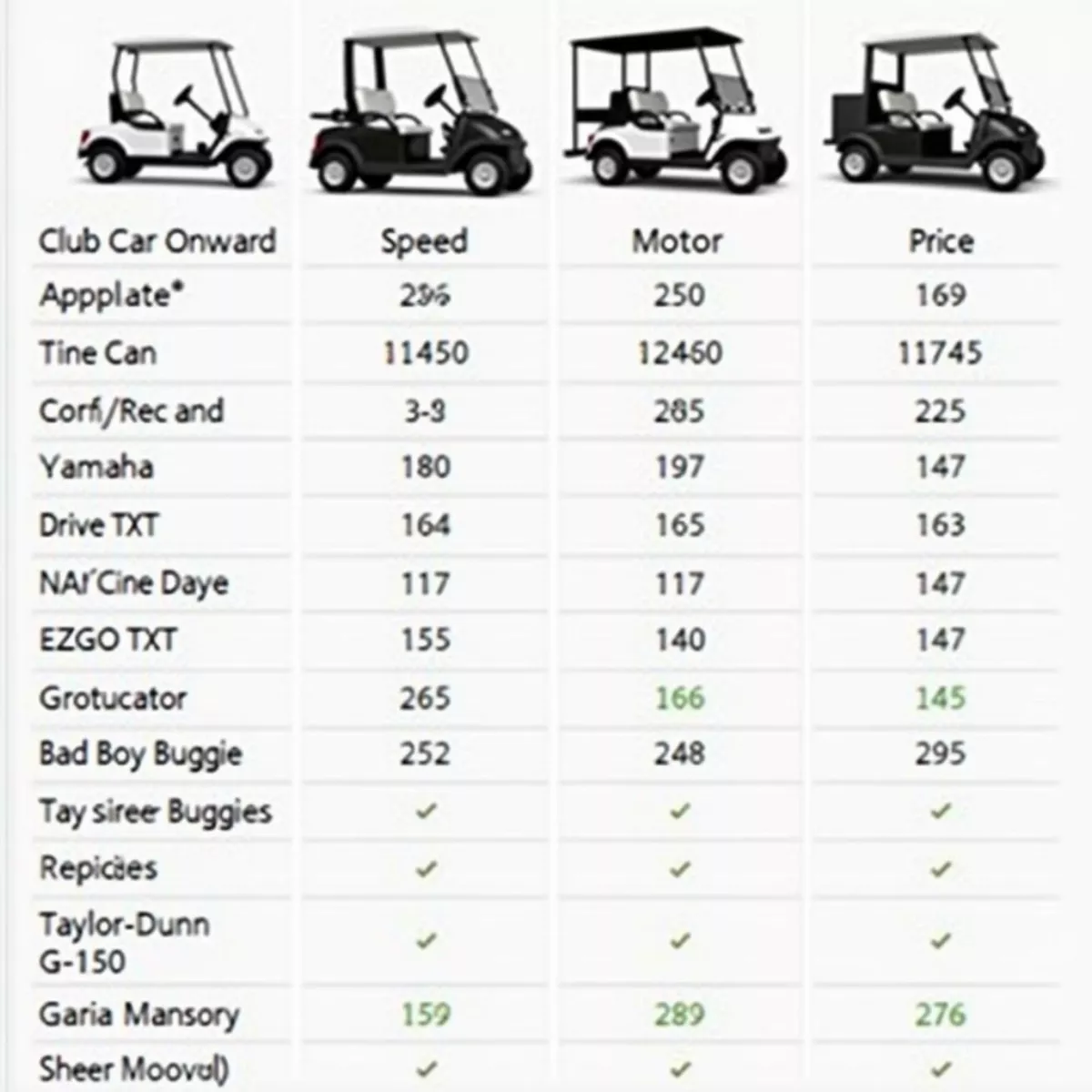
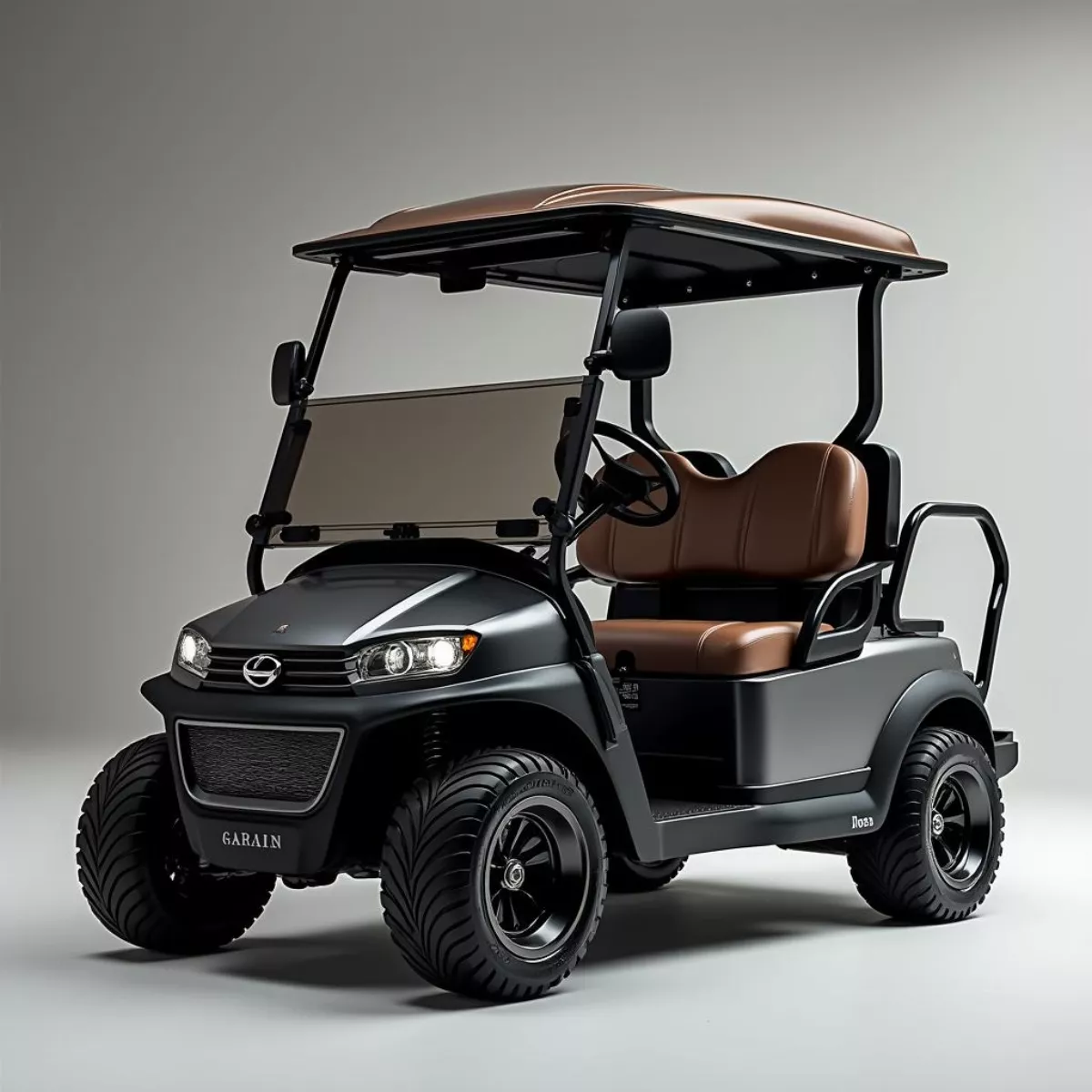 Garia Mansory Golf Cart
Garia Mansory Golf Cart Golf Course Navigation with a Golf Cart
Golf Course Navigation with a Golf Cart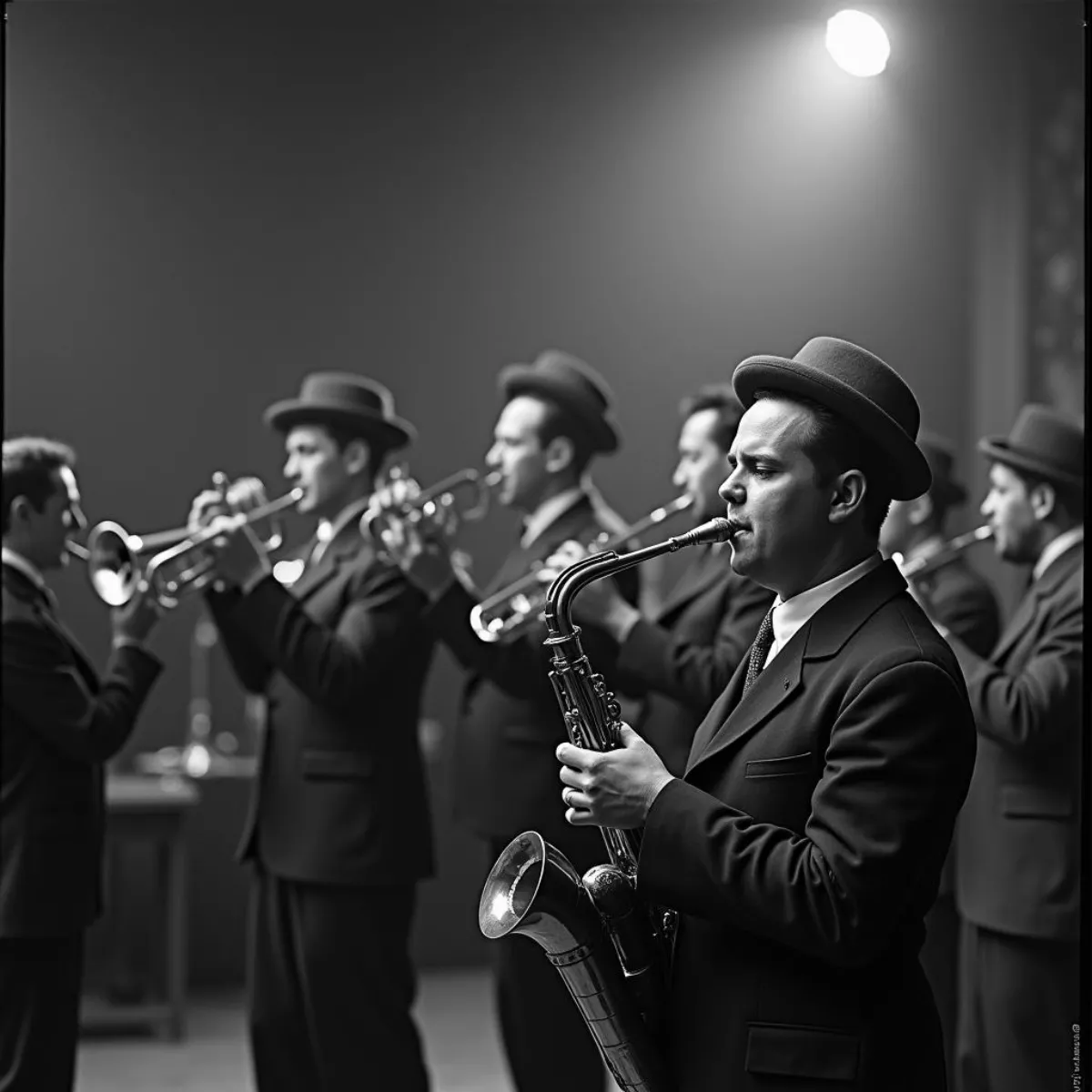
 Vintage travel poster with "Ball the Jack" slogan
Vintage travel poster with "Ball the Jack" slogan Friends toasting and celebrating with "Ball the Jack"
Friends toasting and celebrating with "Ball the Jack"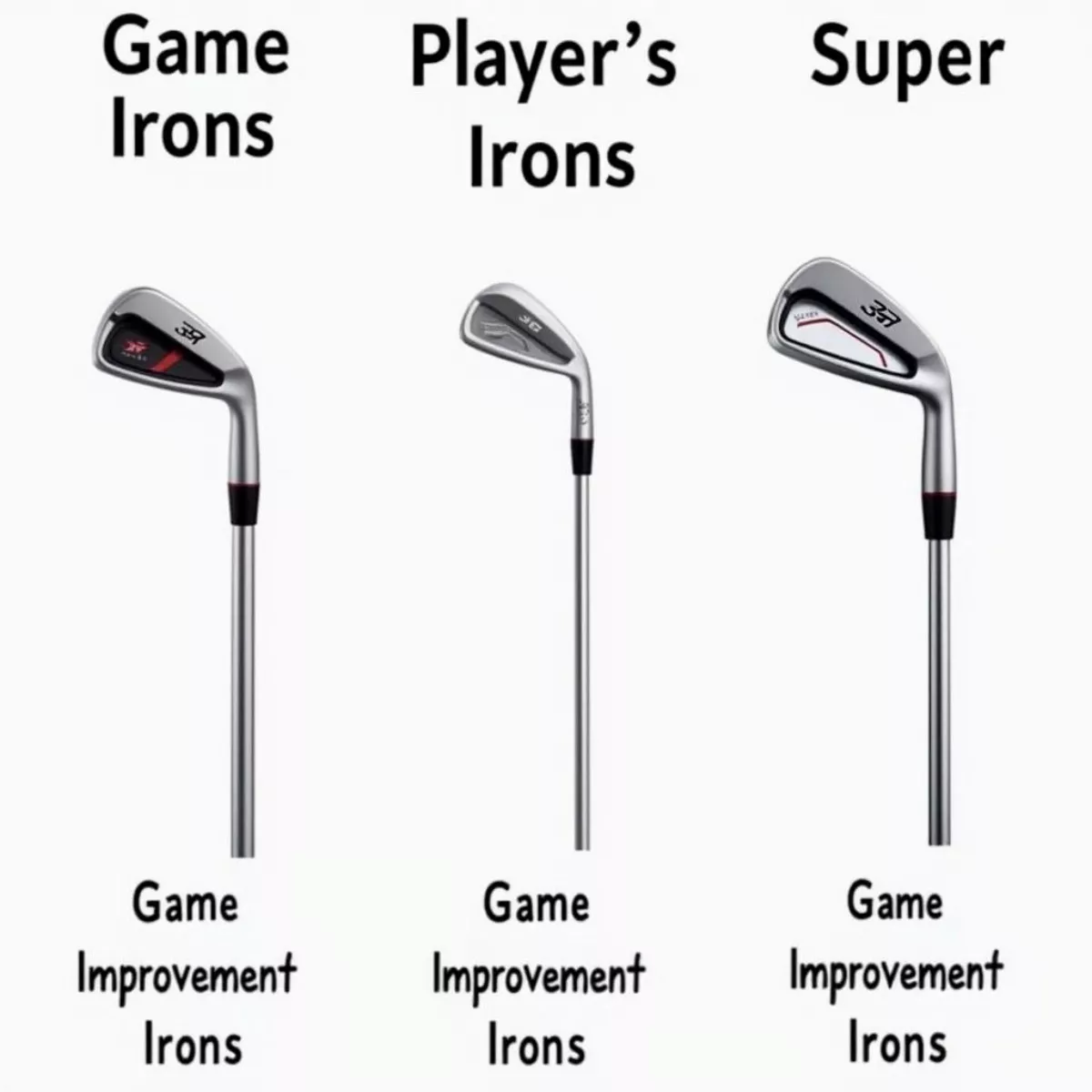
 Comparison of Steel and Graphite Shafts
Comparison of Steel and Graphite Shafts Golf Iron Manufacturing Stages
Golf Iron Manufacturing Stages
 Challenging Hole at Dogwood Golf Course
Challenging Hole at Dogwood Golf Course Dogwood Golf Course Pro Shop
Dogwood Golf Course Pro Shop Lake Activities in Bella Vista
Lake Activities in Bella Vista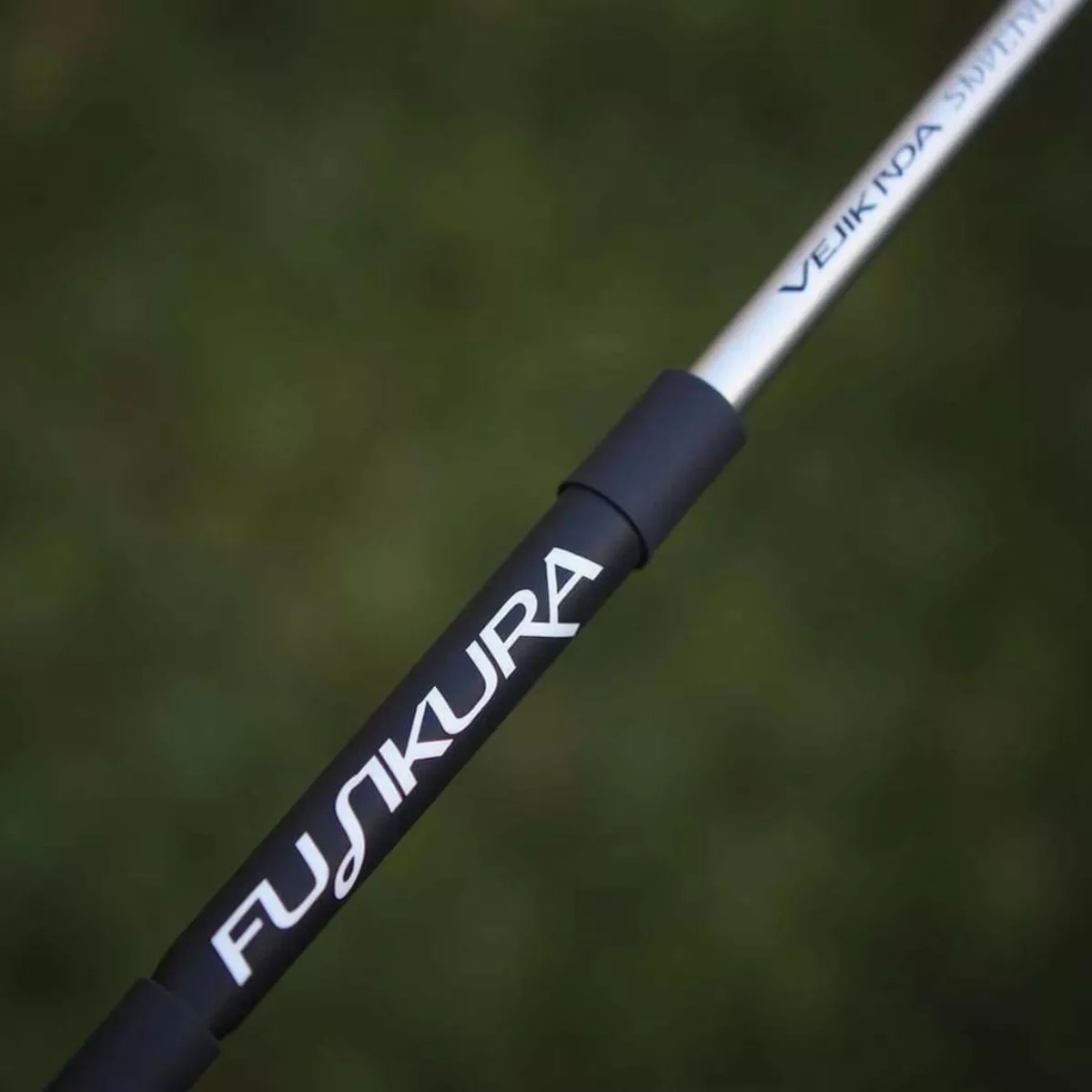
 Golfer Testing Driver Shafts
Golfer Testing Driver Shafts
 Exterior of a Golf Course Clubhouse with Golf Carts Parked Nearby
Exterior of a Golf Course Clubhouse with Golf Carts Parked Nearby Two Golfers on the Green Putting with Golf Bags and Flagstick Visible
Two Golfers on the Green Putting with Golf Bags and Flagstick Visible